
Ostrich skin boots fall under the "exotics" category because they are less common and usually more expensive than boots made of cowhide. Once you've invested in ostrich boots, it's important to carefully clean and condition them on a regular basis to ensure their longevity and optimal appearance. Ostrich skin boots should be treated delicately, otherwise their colors could fade and their texture could harden and crack prematurely.
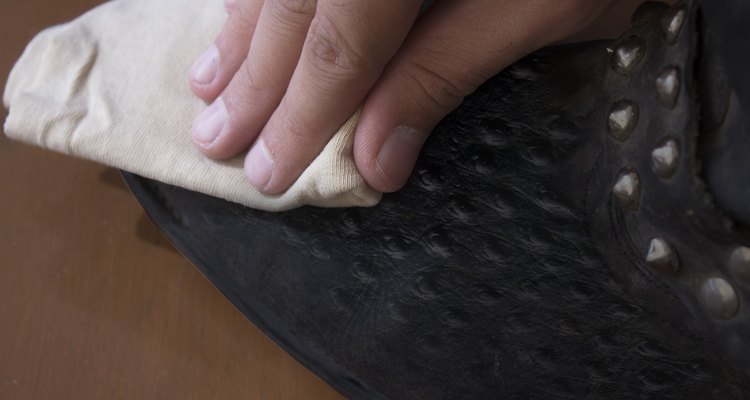
Keep your boots free of dust, debris and stains. This requires diligence. Using a soft cloth (slightly damp, if necessary), wipe the boots clear of any accumulated soil that can act as a drying and discoloring abrasive. Never allow dust to gather in creases because their dark appearance could become permanent and cause cracks.
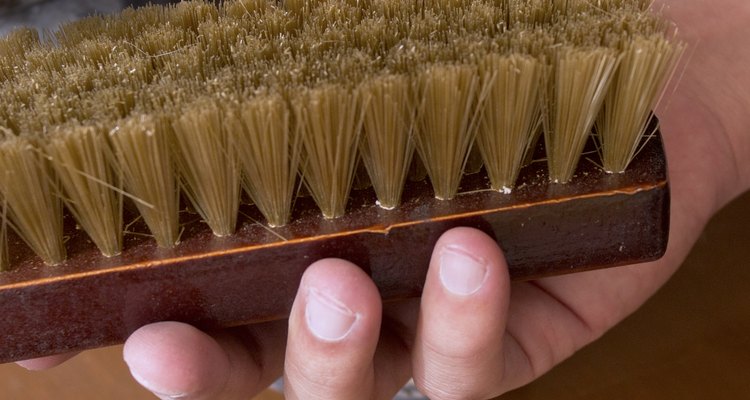
Gently brush the boots to prepare the surface for conditioner. Take care not to abrade the characteristic "quill" marks of ostrich skin. The larger the quill hole, the greater the potential for moisture displacement. Care should be taken to clear quill holes of excess debris, conditioners and polish.
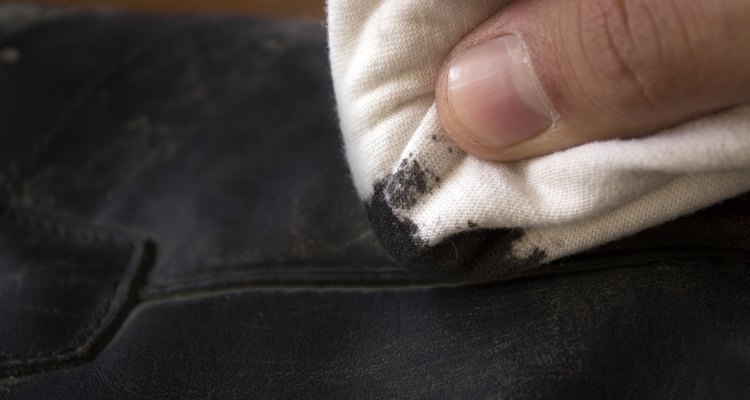
Apply the recommended ostrich skin conditioner with a clean, soft cloth in thin layers; allow for absorption at room temperature. Wipe excess conditioner away from the surface, sole (unless it's synthetic) and stitches to avoid accumulation. Stitches that have been exposed to water and dirt can deteriorate and ruin the boot's structural integrity.
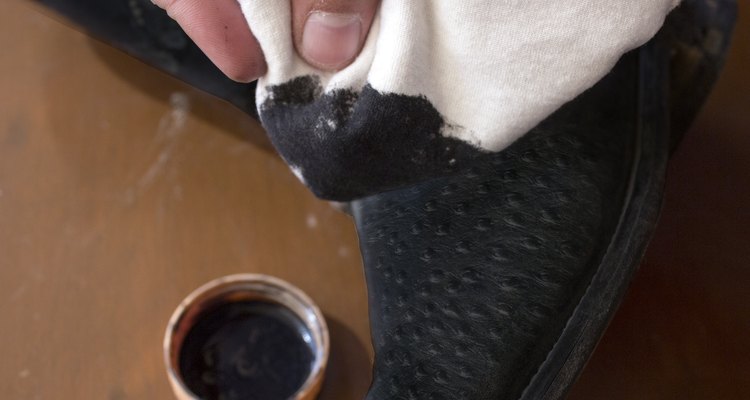
Since the ostrich skin's color can fade over time, carefully select and apply a recommended boot color cream. When attempting to match the boot's color with a cream, opt for a color slightly darker than the existing shade. Buff with a soft brush. A thorough buffing with a soft, clean and dry cloth should negate the need to supplement boot maintenance with wax for added shine.
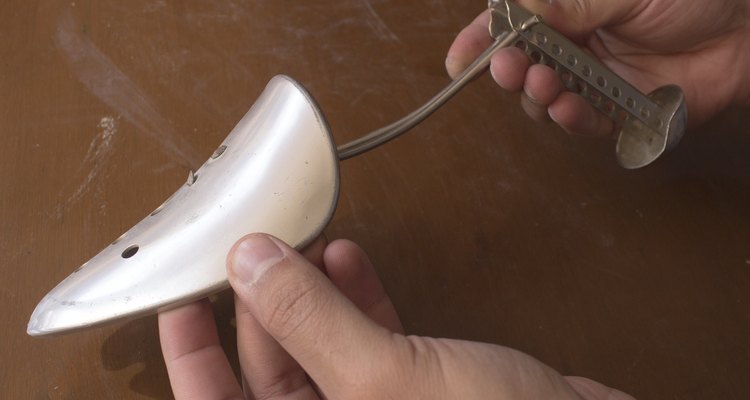
To help ostrich boots maintain their original shape, use shoe trees when they're not in use. Never use excessively wet or abrasive materials to remove scuff marks. Try a damp sponge or a pencil eraser instead.
Related Articles
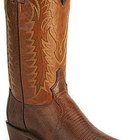
How to Clean Lizard Skin Boots

How to Shine Brand New Corcoran Jump ...

What Should I Use to Protect My Bearpaw ...

How to Restore Discolored Boots

How to Clean Airwalk Ugg-Style Boots

How to Fix a Crack in My Hunter Wellies
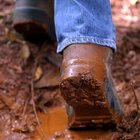
How to Care for Man-Made Boots

How to Clean Snakeskin
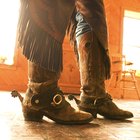
The Right Way to Soften a Pair of ...

How to Care for Asolo Leather Hiking ...

How to Care for Caiman Boots

How to Clean Polo Boots

How to Clean Diesel Shoes

How to Use Kiwi Mink Oil to Waterproof ...

Shoe Polish vs. Waterproof Spray

How to Patch Leather Boots

How to Repair Nicks in Leather Boots

How to Clean Suede Boots at Home

How to Dye Cowboy Boots

How to Wax Your Boots
References
Writer Bio
A. Scott Walton began his journalism career in 1985 at the "Nashville Tennessean." His reports have extended to radio, television and the Web and he has written extensively for the "Detroit Free Press," the "Atlanta Journal-Constitution," the "Atlanta Voice" and many other publications. Walton holds a Bachelor of Arts in communications from Vanderbilt University.
Photo Credits
Adrián González de la Peña/Demand Media